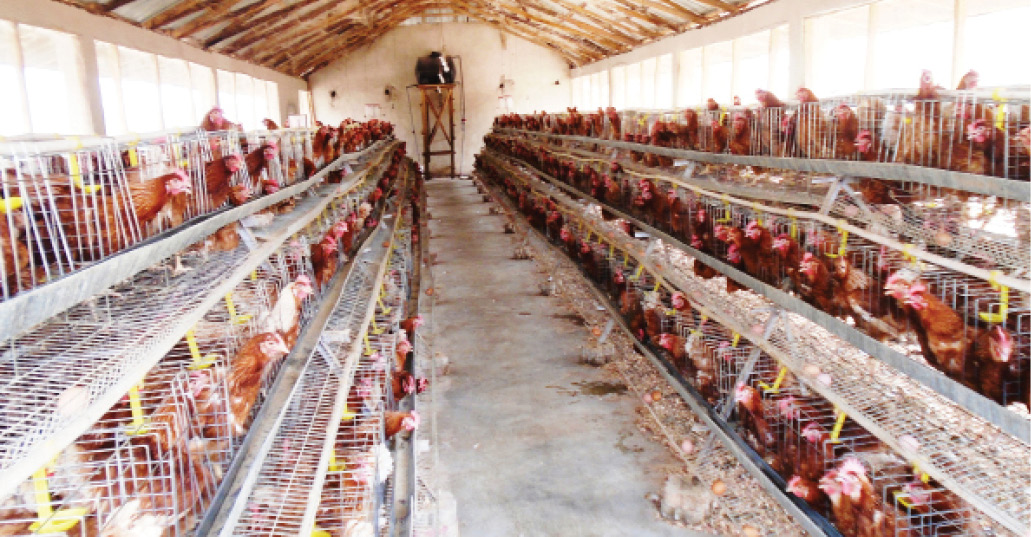Did your farm make profit in 2018?
Happy New Year. The holidays are over and its back to the farm. But how did you perform in 2018? It is time to take stock of not only what you did, but how you did it. Did you make a profit or a loss? This is a question that should come to mind If […]

Happy New Year. The holidays are over and its back to the farm. But how did you perform in 2018? It is time to take stock of not only what you did, but how you did it. Did you make a profit or a loss? This is a question that should come to mind If you made a profit, how much was it and what were the critical success factors? If you made a loss, what did you do wrong that you need to correct in the New Year?
Farming should be commercial (profit-oriented). As a farmer, all you need to do is to invest your capital into a dairy, poultry or beef enterprise and at an opportune time be able to harvest profit to expand the business and meet your other financial needs.
Profit versus loss
Profit can be defined as the difference in the money got from the sale of a product and the money used to produce the product. If we take the example of milk, we can get our profit by listing down the cost that went into feeding and treating the cow, plus the labour used as compared to the money we get from the sale of the milk.
Profit is necessary to keep the business going and growing. If you made a loss, you will be forced to dig deeper into your pockets to finance the running of the farm.
Incuring a loss means that the farm is not sustainable and is not operating as a business.
Profit is used to measure the success of a farm as a business. Profit is a reward and a return on investment.
Therefore, profit is a key parametre in assessing a farm’s success. There are many ways of assessing how your farm performs, but we shall look at one method, called “benchmarking”.
What is benchmarking?
No man is an island. You are never alone in any venture; there are others doing what you are doing, but not necessarily how you are doing it. They are your peers and you can learn from them.
Benchmarking is a concept that is used to dissect a farm from a business lens in comparison with what other successful farmers are doing.
Benchmarking helps the farmer to make use of good practices, while at the same time avoiding the bad ones based on documented experiences.
When carefully done, benchmarking will assist a farmer to discover problems that affect production. This can be management factors under his control or off farm factors outside his control.
Steps in benchmarking
The first step in benchmarking is the identification of farms and farmers that are doing relatively well. This can be in one or more farming aspects. Example, Farm A may be doing relatively well with milk handling as shown by low rejections.
Farm A can also be having a relatively low turnover if farm hands as compared to Farm B. So Farm B will benchmark its operations against those of A which is doing relatively well.
The success factor can be improved farm hand motivation, training or use of a milking machine.
The best practices can then be learned or transferred from Farm A to B.
Benchmarking can be done formally or informally. The former involves observation and talking with successful farmers.
However, benchmarking is better done through a well-structured approach – formal benchmarking.
Here, the farmer does a self-evaluation of his or her farm. During this post mortem, the farmer pinpoints the areas that need improvement. Afterwards, the farmer looks for a peer who has done better.
Marketing
The farmer then compares their situations with a view to finding which areas to improve on. During this stage, the farmer collects data that will assist to form a basis of improvement.
The farmer then introduces the changes based on what they have learned from the other farmer and keenly observe and document the improvements.
Areas of improvement normally include production, product handling and marketing.
A farmer may be producing good milk that later gets adulterated and rejected at the market or may be producing a lot without an equivalent market hence fetching poor prices. The farmer may also be producing a lot of milk but inefficiently hence eating into his profit.
This year, try to benchmark so that you have some documented resolutions on which areas to improve on.
Have a profitable 2019 and thanks for reading our articles.
Dr. Othieno Joseph works with the Kenya Tsetse and Trypanosomiasis Eradication Council – KENTTEC, [email protected]] published in Farmers.co.Ke
